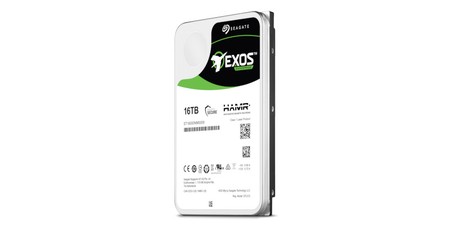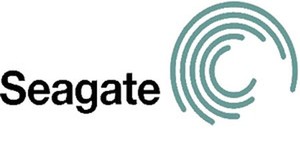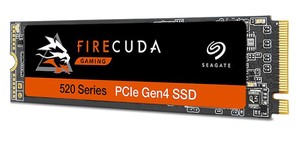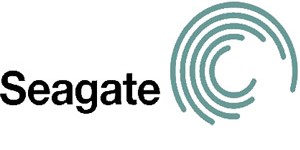
Storage specialist Seagate has announced that it has leapfrogged rival Western Digital to once again claim the largest hard drive crown, though only in 'test unit' form, with a 16TB 3.5" device.
While SSDs are getting steadily cheaper and more capacious, spinning-rust is still king for mass storage. That's good news for Seagate, which was a latecomer to the solid state market with then-chief executive Bill Watkins poo-pooing the idea of an all-flash laptop in 2008, and the company has been playing leapfrog with Western Digital in a race to have the highest areal density and, thus, largest hard drives on the market.
Seagate's latest design crams 16TB into a single 3.5" drive using Heat-Assisted Magnetic Recording (HAMR), a technique in which the magnetic substrate of platter is heated using a laser prior to being magnetically flipped via the write head. The result: an ability to flip significantly smaller bits than a traditional hard drive, increasing the amount of data that can be crammed onto each platter.
Sadly, the drives aren't quite ready to buy just yet. 'Seagate has begun running early Exos HAMR units through the full set of standard benchmark tests used to prepare and optimise each new hard drive product for deployment,' admits Jason Feist, Seagate senior director of enterprise product line management, of what the company describes as the 'test units'. 'Our testing has demonstrated the drives' compatibility for enterprise systems that are being used today. No system level changes are needed to run the HAMR drives in these evaluations, or to deploy them in customer environments.
'The Exos HAMR drives run like all other drives in a standard suite of integration benchmarks. At this point in early testing, they’re meeting our expectations for how a drive should interact in each benchmark. These are the same tests that customers use to qualify every new drive, including power efficiency tests, sg3_utils utilities that test SCSI commands to devices, standard smartmontools utility programs that will enable customers to characterise and compare HAMR drives in their environment right next to PMR [Perpendicular Magnetic Recording] drives, and several four-corners tests of reads, writes, random, sequential and mixed workloads.'
The company is thus far silent on when the drives will leave the testing phase and hit shop shelves, giving Western Digital a window in which it could potentially beat the company to market. Seagate has, however, confirmed that the HAMR technology leaves it on-track to grow beyond 20TB per 3.5" drive by 2020.

MSI MPG Velox 100R Chassis Review
October 14 2021 | 15:04








Want to comment? Please log in.